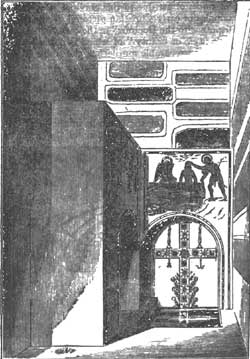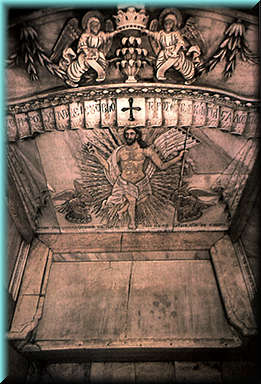|
1) Parthians 2) Medes 3) Elamites 4) inhabitants of Mesopotamia 5) inhabitants of Judea 6) inhabitants of Cappadocia 7) inhabitants of Pontus 8) inhabitants of Asia 9) inhabitants of Phrygia 10) inhabitants of Pamphylia 11) inhabitants of Egypt 12) inhabitants of the districts of Libya near Cyrene 13) travelers from Rome 14) Jews 15) converts to Judaism 16) Cretans 17) Arabs |  | |||||||||||||||
 One of the most important defining characteristics of 2x2 belief is the concept of "meeting in the home", based upon Stephen and Paul's
statements in
Acts 7:48 and Acts 17:24, respectively. They maintain that meeting in the home is the only way Jesus wanted His people to fellowship, and therefore all
"worldly" churches, with their steeples, stained glass, pews, etc, are merely "temples made by human hands". Let us examine the two
passages used to support their presupposition:
One of the most important defining characteristics of 2x2 belief is the concept of "meeting in the home", based upon Stephen and Paul's
statements in
Acts 7:48 and Acts 17:24, respectively. They maintain that meeting in the home is the only way Jesus wanted His people to fellowship, and therefore all
"worldly" churches, with their steeples, stained glass, pews, etc, are merely "temples made by human hands". Let us examine the two
passages used to support their presupposition: